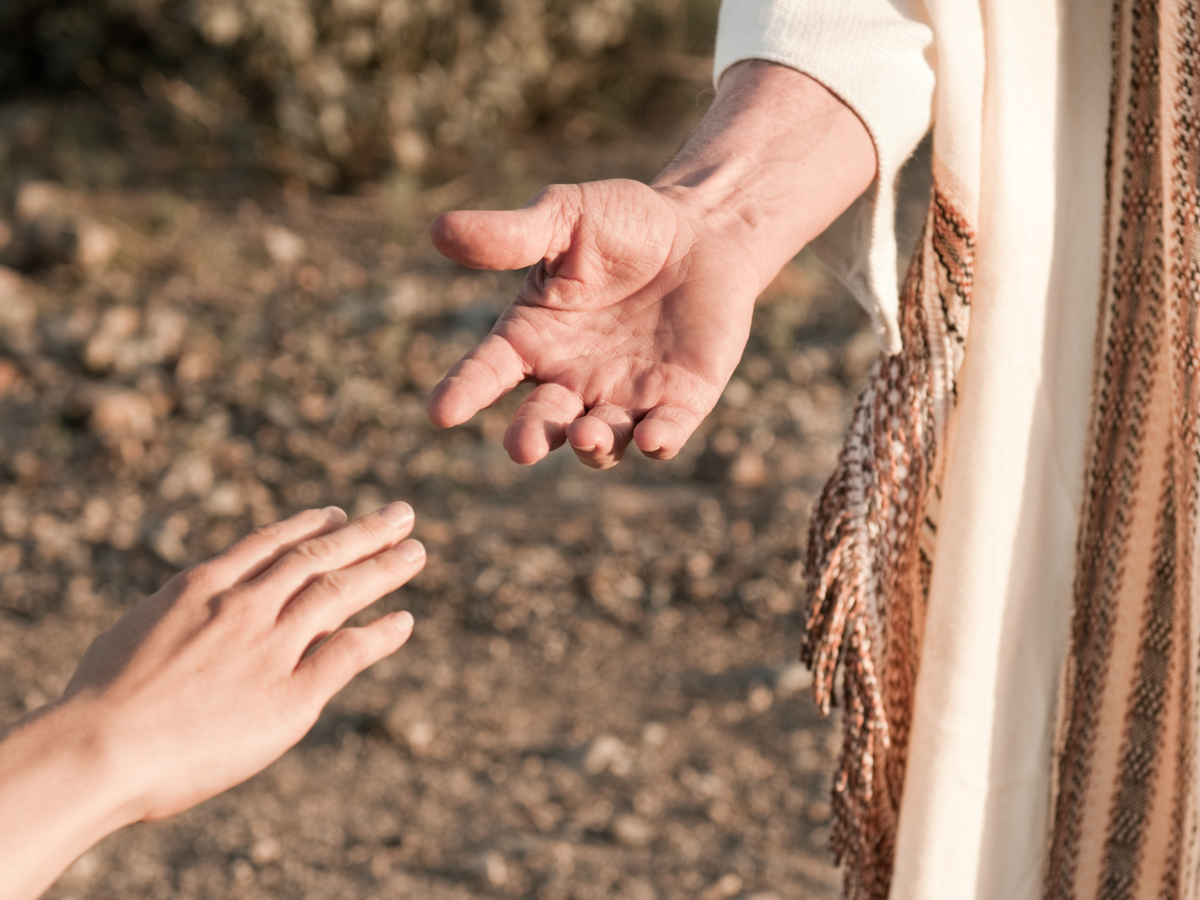
Eight tips from a former journalist to make your newsletters even more awesome
By Josie Oldenburg — In my post-college years, I adored Jesus first, but journalism ranked second. The chaos of the newsroom. The daily creativity. The rush of deadline. I loved it all.
God eventually gave me other loves: A husband, three little boys, the country of Ukraine. During our decade of missionary work in Kyiv, my inner journalist’s curiosity and desire to understand the nuances of a situation helped me adapt to a new culture.
The lessons I learned through cranking out daily newspapers also trickled down into our newsletters. These front-page principles from the news business can help you share your experiences in the Good News business.
1. Don’t publish until you have news
At the newspaper, we were always willing to rip up the front page to give space to the most-timely, most-important, most-interesting articles — even if that meant pushing right up against (or past) our late-night deadline.
In a similar way, you can kept your newsletter schedule flexible. Our family aimed to send out a few each year, but we waited until we had a story to tell. My husband served at a seminary, so every September we met a new crop of students, every January a new semester started, every June we attended graduation. Those stories are interesting — they just aren’t interesting every September, January and June. By freeing ourselves from needing to publish at the same times every year, we kept our content fresh and diverse.
One caveat: The phrase “no news is good news” does not apply to missionary letters. If it’s been six months since your last mailing, don’t wait for the story of the century. Get creative and write something so that your supporters can stay connected.
2. Restate the context
News stories generally include a paragraph that sums up what’s been happening in an ongoing story for readers who haven’t been following the news. Make sure your letter includes some context — who you are, where you serve and what you do. Many of your readers will already know these details, but they will be helpful for people who haven’t been with you since the start of your ministry or who receive letters from so many corners of the globe that it’s hard to keep track.
3. Find a format and stick with it
Even the very best newspaper designers don’t reinvent the wheel every day. Publications follow set design styles for a reason — they cut down on visual chaos and help readers navigate the news.
- Use headlines to indicate hierarchy — the biggest font on the most-important story.
- Use subheads to guide readers through longer stories.
- Don’t invite all the fonts to your party. Choose two or three and stick with those.
- Don’t make your text teeny-tiny. If you wrote too much, avoid the temptation to fit more in by bumping down your font size. Pare your words back instead. (Start by taking out adjectives and passive voice.)
- Publish short lists — ministry calendars or prayer requests — and make them look more-or-less the same every time, so that busy readers can scan for the information they find most valuable.
4. Use images selectively
A newspaper photographer might take hundreds of pictures at an event, but only one or two make it into print. One big image — even if it’s not the most Instagram-worthy shot ever — beats a bunch of tiny pictures that the reader has to squint to see.
- Rely on an informative caption to give context.
- Pay attention to the background ; crop out little distractions along the edges and zoom in on the focus of the shot. Use one or two smaller pictures to show details.
- Use the internet. If you have other photos that you really must share, post them someplace without space constraints (Facebook, a blog), and add a link to your newsletter.
5. Leave space for the unexpected, quirky or delightful
Think about your mix of stories. Yes, include the news. Include facts and schedules and financial needs and updates on last quarter’s report. But don’t neglect the human-interest story or the interesting cultural moment or the funny language faux pas. At the newspaper where I worked, we aimed for four serious news stories, and one “morning read” — a story intended to delight — on the front page each day.
6. Vary your voices
I’ve heard tell that some people find the news boring. I don’t — but it surely would be if one reporter wrote the whole newspaper. Give your spouse, children or national friends some space to share their stories, too.
7. Publish bad news
Hopefully your ministry is not as catastrophic as the front page of the newspaper — but you probably do have some struggles. Don’t be afraid to share them! Some people have the misconception that missionaries never face hardships, but a) that’s not true and b) your readers can relate to your imperfect life. We felt buoyed by encouragement from our support partners whenever we frankly discussed troubles in our newsletters.
8. Include a call to action
The best newspapers don’t just publish information, they also give readers ways to respond. They explain how to reach your congressperson or where to recycle your old computer or how to join a community cleanup. How can your readers get involved (other than sending money)? Recommend a powerful book, web site or sermon. Ask for prayer for a specific event on a specific day. Make non-financial needs known — hand-me-down books in English for your kids or a dozen quilts for your ministry to moms. Find ways to let your readers play a role in the stories you’re sharing.
To your readers, you serve as an eyewitness to a Kingdom-expansion effort. Daily life may seem mundane, but you have stories to tell. Keep alert to what God’s doing, and when you see him acting, write it down and send it out. Make it easy to read. Compelling. Newsy, even.
Additional Posts





